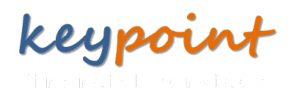Line of credits, also known as equity loans or revolving line of credits, are loan facilities where a credit limit has been approved and you can withdraw any amount up to that maximum limit. Once you have repaid any drawn amounts then this amount is available again for you to draw on. You can use equity in your home or homes to borrow.
These loans are generally interest only, where interest is charged against your outstanding balance. The outstanding balance is the amount that has been drawn out of your line of credit limit for use. To pay down the principle you will need to make additional repayments. Keycard, online access, and cheque book options are usually available with this facility.
Line of credit applications for large limits will need verification of purpose for most lenders. You can generally use these loans to purchase a vehicle or furniture, renovate your home or even take a holiday. Funds can also be used to facilitate the purchase of an investment property or investing in other assets or securities, such as shares and managed funds. You should seek professional advice when you are considering investments.
Pros
The following are advantages related to most line of credit loans:
- There is no need to obtain further loan approval for additional loans for various purposes that can be made within the approved credit limit.
- Generally same day, easy access to your funds.
- Funds can be accessed through keycard, online banking, BPay and cheque.
Cons
The following are disadvantages related to most line of credit loans:
- Good budgeting is required to ensure this type of loan facility is managed properly. Access to a credit limit needs to be managed and principle paid down to avoid paying years of interest only repayments on this facility.
- Interest rates may be higher for line of credit loans compared to standard variable rate loans.
- The maximum term for line of credit loans is generally limited to 25 years. Other conditions, like age, may affect the maximum term of your loan.
